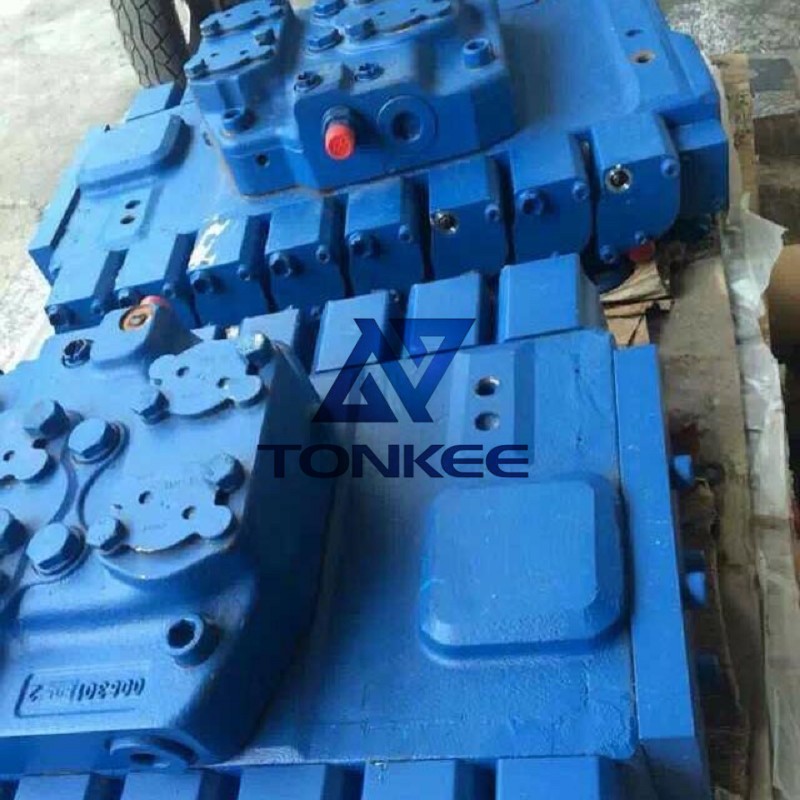
Distribution valves, also known as directional control valves or flow control valves, are essential components in fluid power systems.
They control the direction, flow rate, and pressure of hydraulic or pneumatic fluids, allowing the system to operate efficiently and effectively. These valves are commonly used in a wide range of industries, including manufacturing, automotive, aerospace, and construction.
One common type of distribution valve is the spool valve. Spool valves consist of a movable spool that slides within a valve body, controlling the flow paths and sealing off specific ports to redirect fluid. The configuration and functionality of spool valves can vary significantly depending on the specific application and requirements.
Distribution valves are designed to meet certain specifications and standards to ensure reliable performance and compatibility within a system. Here are some typical specifications that may apply to distribution valves:
Valve Size: Distribution valves come in various sizes to accommodate different flow rates and pressure requirements. The size is usually specified based on the valve's port size or flow capacity, which can range from small valves for low-flow applications to large valves for high-flow industrial systems.
Pressure Rating: Distribution valves are built to withstand specific pressure levels. The pressure rating indicates the maximum pressure that the valve can handle without experiencing leakage or failure. Common pressure ratings range from a few hundred to several thousand pounds per square inch (psi).
Flow Capacity: The flow capacity of a distribution valve refers to the maximum flow rate it can handle without excessive pressure drop.
It is typically specified in gallons per minute (GPM) or liters per minute (LPM) and depends on factors such as valve size, design, and intended application.
Operating Temperature: Distribution valves need to operate within certain temperature limits to maintain their performance and prevent damage. The operating temperature range specifies the minimum and maximum temperatures at which the valve can function effectively, ensuring stability and longevity.
Fluid Compatibility: Distribution valves are designed for specific fluid types, such as hydraulic oil, water, air, or gases. The valve material, seals, and internal components are selected to be compatible with the intended fluid, ensuring proper sealing, corrosion resistance, and overall reliability.
Mounting Configuration: Distribution valves can have various mounting options, such as subplate mounting, manifold mounting, or individual mounting. The mounting configuration determines how the valve is attached to the system and integrated with other components.
Actuation Method: Distribution valves can be operated manually, mechanically, electrically, or hydraulically, depending on the system requirements. The actuation method specifies how the valve is controlled and manipulated to change its position and alter fluid flow.






